In addition to the filming authorization, additional steps may be necessary within the framework of the regulations for the protection of biodiversity.
France, like all the other member states of the European Union, has set up a network of natural areas whose biological richness must contribute to the preservation of biodiversity throughout the European territory: NATURA 2000.
Two types of sites are created:
- Special Protection Areas (SPAs), dedicated to the preservation of birds, in application of the “Birds” directive;
- Special Areas of Conservation (SAC), dedicated to the protection of habitats and species (fauna, flora) of community interest, in application of the “Habitats-Fauna-Flora” directive.
To each Natura 2000 site, corresponds a priori a structure in charge of its animation, with which to contact as early as possible before the shooting to :
- Get to know the stakes and sensitive points of the sites;
- Check if the filming conditions are not likely to create a problem with regard to the conservation issues of the sites
Certain activities, such as filming, are subject to the Natura 2000 impact assessment process in accordance with articles L 414-4 and R 414-9 of the Environmental Code.
Example of impacts from a film crew:
- Trampling of sensitive areas.
- Disturbance of animal species:
- Fear experienced by wildlife
- Human odors
- Noise pollution
- Light nuisance
- Waste
- Pollutant emissions
Example of cases requiring an evaluation:
- Filming requiring work under the law on water (developments on a watercourse, a wetland, on the sea…)
- Filming requiring works in classified sites, in natural reserves
- Filming using a microlight, a glider, a hot air balloon with take-off or landing in a Natura 2000 zone
- Filming with motor vehicle traffic on the Public Maritime Domain in a Natura 2000 site
- Filming with creation of a hydro-surface in the sea
- Filming with the use of a helipad (including islands) = the fact that a helicopter lands on natural areas in Natura 2000.
It may be necessary to adapt the filming to the constraints of the site:
- Change the location
- Choose a different filming period
- Define and implement impact reduction measures.
Film France Advice:
It is recommended to discuss with local contacts to adapt the filming conditions to the challenges of respecting biodiversity. Audiovisual professionals are specialized in adapted technical solutions.

